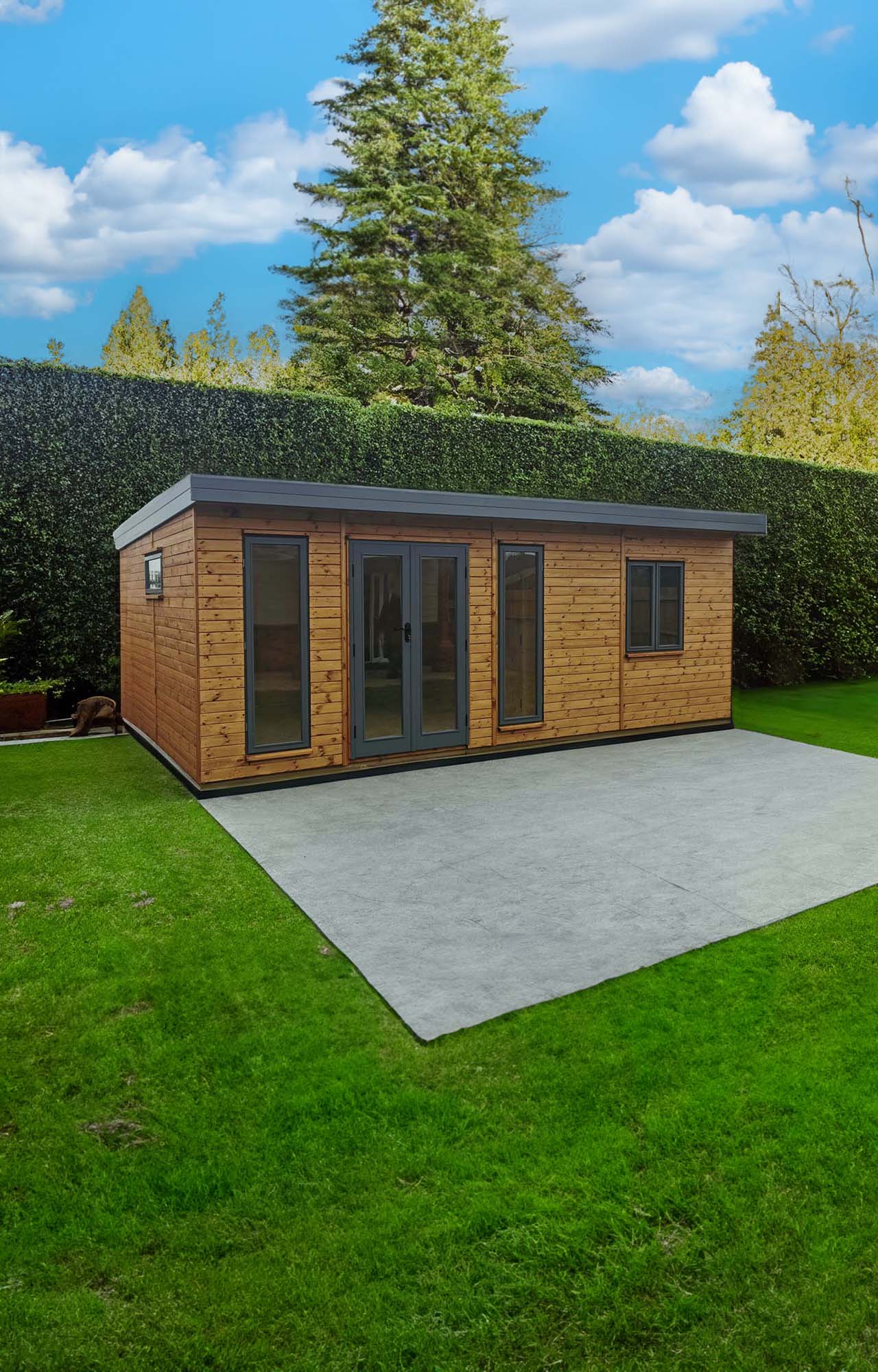Ventilation Advice for your Garden Building
Your garden building can suffer from moisture and damp issues at certain times of the year, especially Winter and Spring when there can be a high level of moisture in the air, as timber is a perishable material. Making sure there is adequate airflow ensures better temperature control and a drier atmosphere.
Effects of Moisture can be –
• Premature rot
• Mould on interior panels, roof and interior fittings.
• Warping and sagging of timber
Preventing Damp Issues
A major cause of rot is rising damp caused by water being absorbed through the floor bearers and into the floor. To help stop moisture entering the building we do use tanalised floor bearers so that the floor does not sit directly onto the concrete base.
Handy Tips –
- The type and quality of the base on which your building sites is also crucial, your concrete base must be flat to allow water to run off and prevent it from pooling. A shed sitting in puddled water will inevitably absorb water. Please see our Base Information sheet for more information.
- That you allow the building to vent as often as possible to enable fresh air to circulate around the building by opening and closing doors and windows on a regular basis to stop moisture from building up.
- Try not to store damp or wet items in your building, dry off bikes, tools etc before storing them.
- Siting your shed so that the prevailing airstream hits the end gable is best, and installing small vents high up on each gable wall gives a healthy throughflow of air. Make sure the vents are mesh backed to prevent bugs.
- If you do find mould forming remove it as quickly as possible with an anti mould cleaner before it penetrates and permanently damages the timber.
- Skylights or a roof vent allows hot air rising to escape and draws in cooler air from outside.
- For larger buildings being used as a work space, an air source heat pump will pump in cool air on hot days and warm air on cooler days keeping the temperature stable.
- Apply a suitable preservative to the exterior panels on installation and annually to ensure they are protected during the wettest months of the year.






